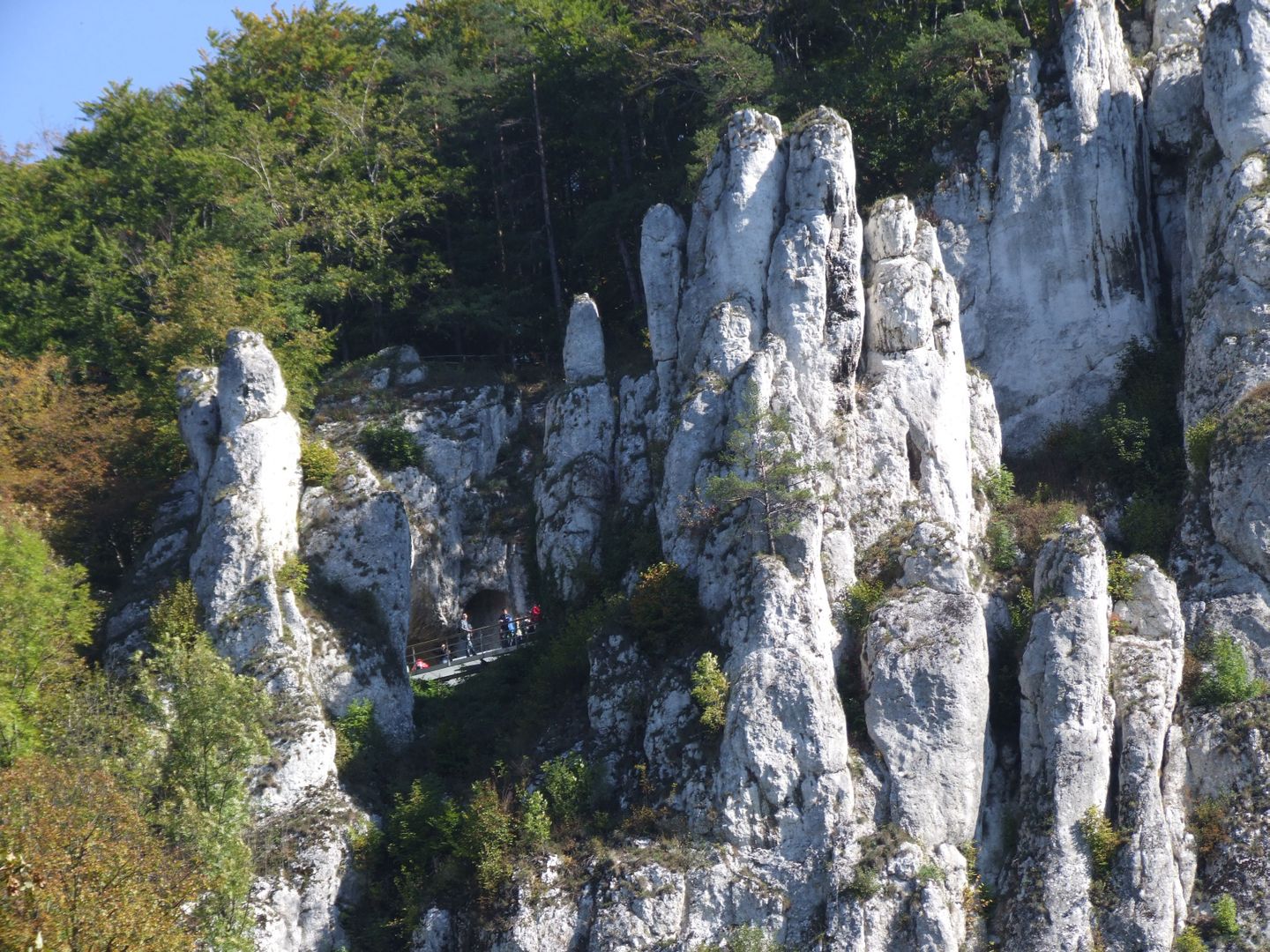Dark Cave
7.32

Overview
Dark Cave, located in the Ojców National Park on the slope of the Prądnik Valley, is the largest cave in the Kraków-Częstochowa Upland. For centuries, it has been a site of archaeological research, which began as early as the 17th century, with the first scientific explorations taking place between 1901 and 1909. The cave features a single massive chamber measuring 88 meters in length, up to 23 meters in width, and over 10 meters in height, with preserved sediment layers reaching up to 8 meters. Its ceiling is adorned with stalactites and distinctive swirl potholes with a diameter of 4 meters. Numerous flint tools associated with the Micoquian-Prądnik culture have been discovered in the cave, along with the remains of a Neanderthal child, which are the oldest known human finds in Poland. The cave has also been the site of historical events, including a concert for King Stanisław August Poniatowski in 1787. Today, it is open to visitors during the summer season with a guide, and the total tour time is approximately 15 minutes. Interestingly, during the interwar period, research on underground radio wave reception was conducted here, making it a classified site. The cave's ecosystem is rich—seven bat taxa and various invertebrates have been observed here. Dark Cave is not only an important archaeological site but also a significant part of Polish culture and history, with fascinating discoveries and traditions associated with its exploration.
Location
2025 Wizytor | All Rights Reserved